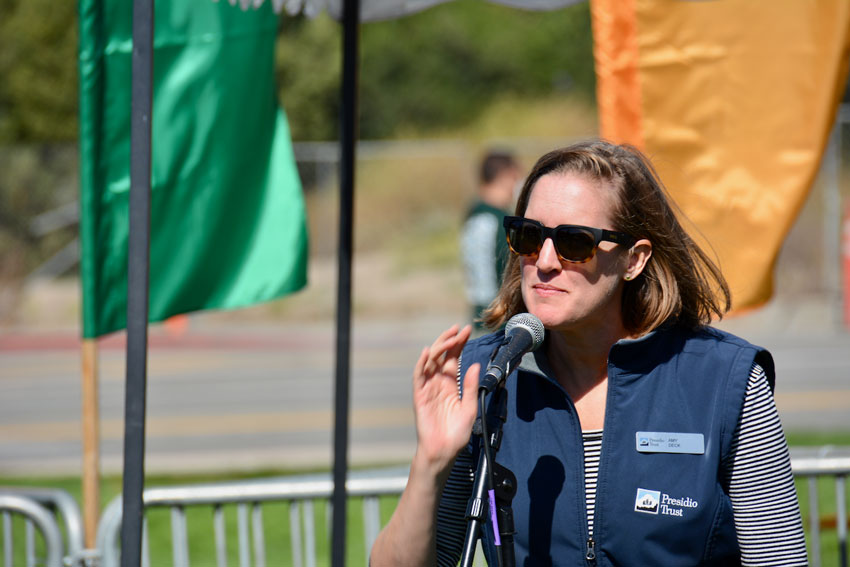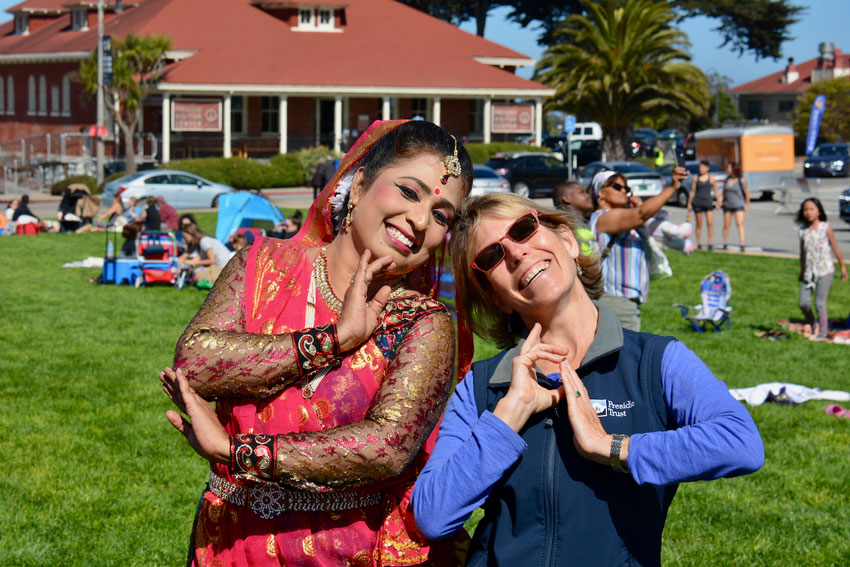SF Presidio Picnic Goes Desi
(L-r) California Nupur Dance Academy artistic director Dipanwita Sengupta and Presidio Trust CEO Jean Fraser at the Presidio Picnic, Sept. 23. (All photos: Vansh A. Gupta/Siliconeer)
This September, Presidio Picnic embraced and celebrated the South Asian culture as it featured Kathak dances and Indian soul food.
With an expansive seven-acre lawn at your disposal, the opportunities to showcase your imagination was truly limitless. Add to that, a scenic view of San Francisco Bay and food trucks, local vendors serving ethnic delicacies – this was the collaborative imagination of Off the Grid Markets and the Presidio Trust with its notable Presidio Picnic. This year’s Presidio Picnic showcased the diverse food and cultures of San Francisco Bay Area by introducing a free cultural dance performance on the fourth Sunday of each month.
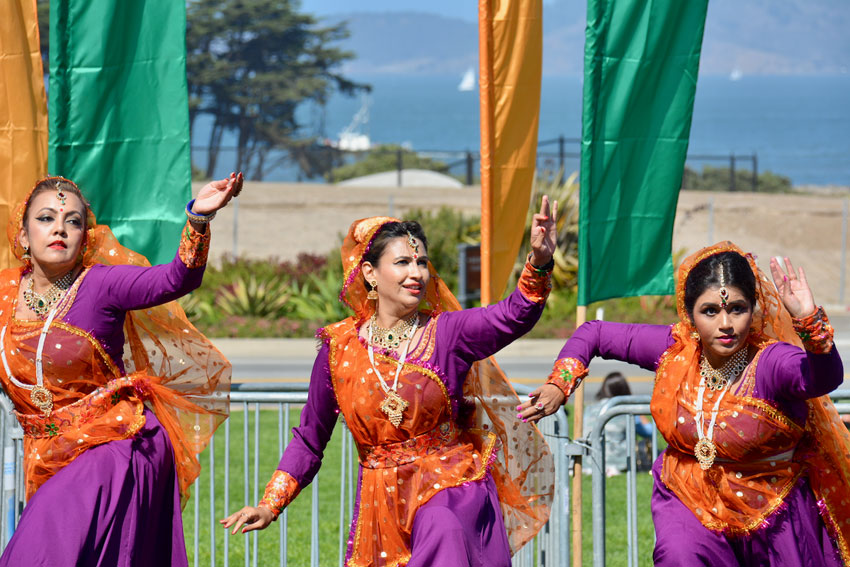
For September, the Presidio Picnic featured a cultural Indian dance presented by the California Nupur Dance Academy, founded in 2006 by its artistic director, Dipanwita Sengupta. Choreographer of the performances was legendary Kathak maestro Nrityashiromoni Guru Bandana Sen, while coordination and costume designer was Nrityavilash Suchandra Banerjee, both from Kolkata, India.
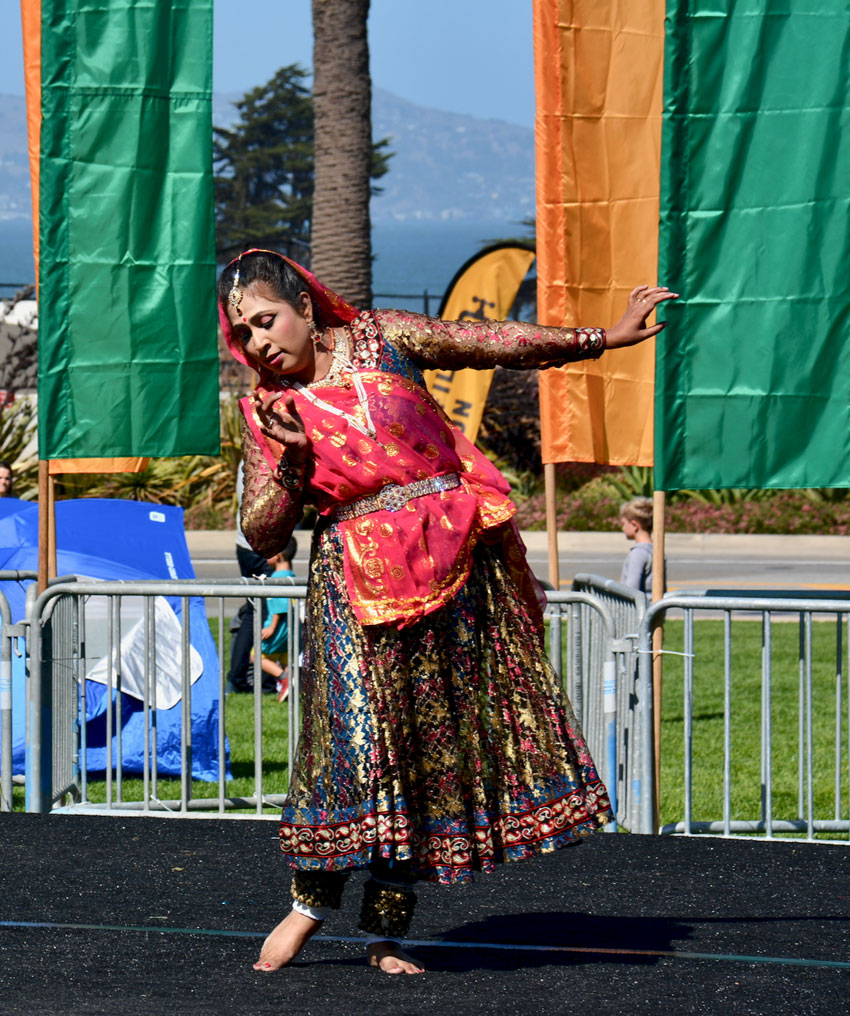
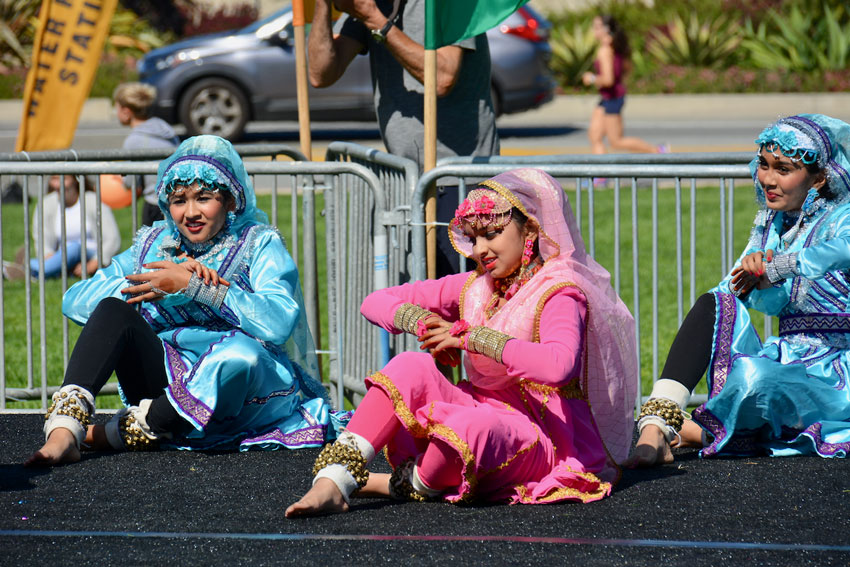
Along with the cultural performance, Dum Truck was serving fresh Indian soul food classics such as chicken biryani, kathi rolls, and mango lassis. For this event Dum served a special dish, Chicken Tikka Masala with roasted mustard seed quinoa. Along with Dum, other local eateries were also present. The Siliconeerteam had a delectable feast trying out the different food out there. Along with the Kathi rolls, we stuffed ourselves with a Neapolitan Pizza, vegetarian sliders, coconuts, and mango art. Yes, you read that right, mango art.
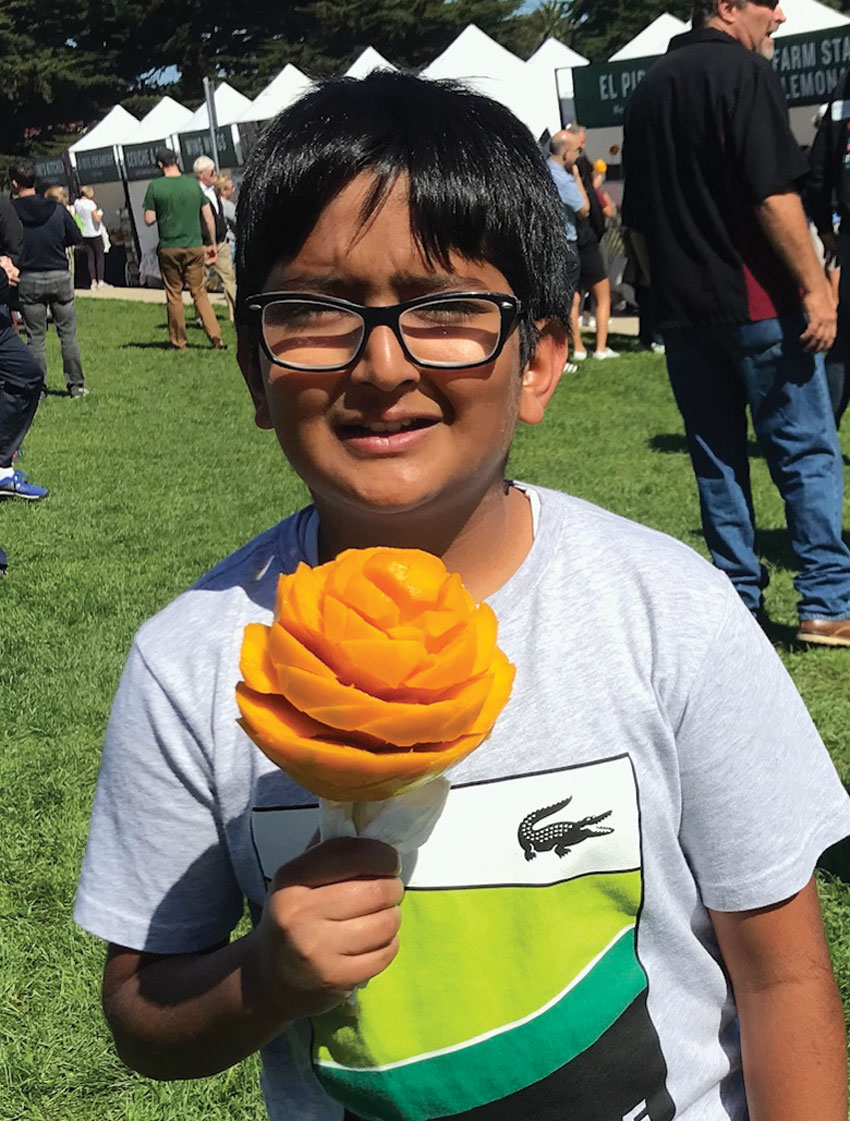
The results of embracing our Indian culture was magnanimous. Project Manager of Presidio Trust, Amy Deck, claims that the Indian performances attracted the most crowd in the whole series. I agree, since our culture is just that eye-catching. It was interesting to see that not only South Asians, but also other ethnic communities were thoroughly enjoying the Indian dance and as they explored the exotic aroma and spice of Mughlai Indian cuisine.
